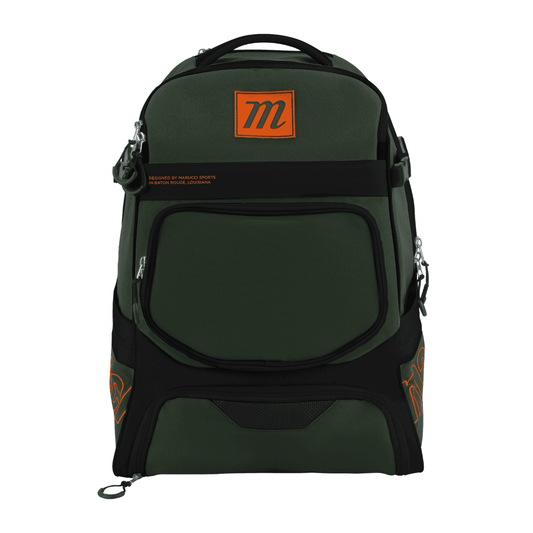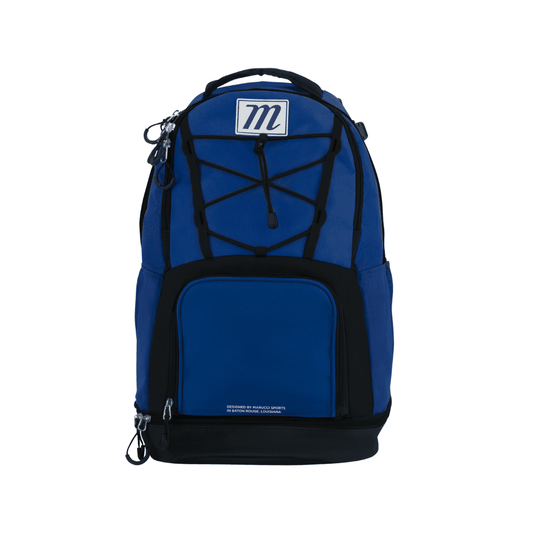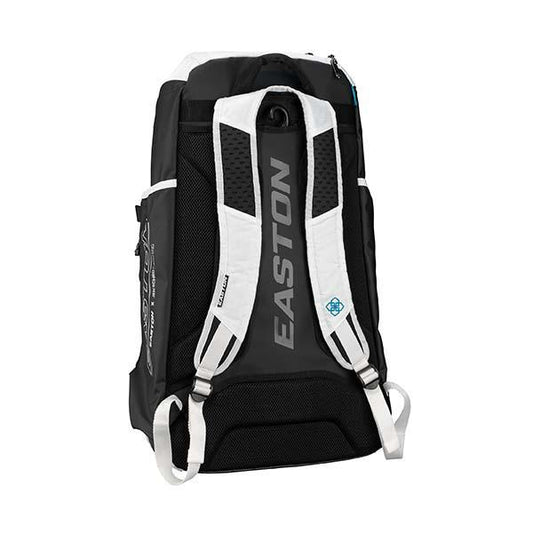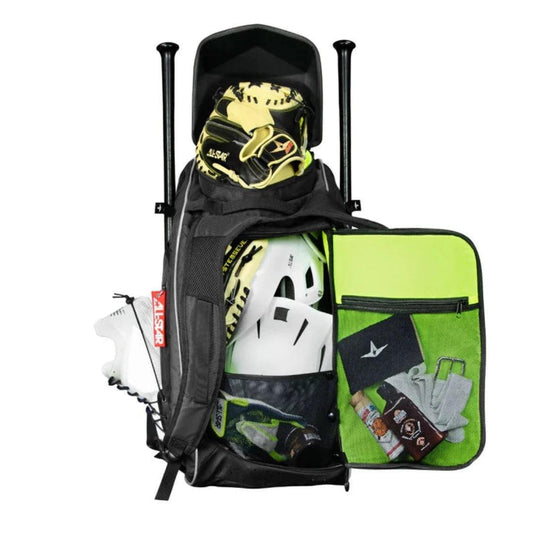Here at Headbanger Sports, we agree that one of the most important factors of a team’s success on the diamond is communication. Often this communication is silent and done through signals that help keep the message hidden from the other team. Players watch the 3rd base coach for signals on whether they will attempt to steal a base, batters watch their coach for guidance on what hit they should try, and the catcher and pitcher retain the most important communication in the game.
It is no secret that baseball is a strategic sport, and one of the most important players in developing a winning strategy is the catcher. This player sees everything on the field and is in charge of making the call on the type of pitches delivered. They must make the decision to choose the pitch they think will be most effective before every pitch. They are in charge of analyzing the hitter’s tendencies, strengths, and weaknesses, and they must understand the pitcher’s abilities. Catchers get to choose the pitch because they must be prepared for the upcoming pitch. This allows them to position themselves before the delivery so no balls get past them.
Catcher-Pitcher Signs
Below are a few of the common signals used throughout the game:
One Finger – Fastball
Two Fingers – Curveball
Three Fingers – Slider
Four Fingers – Changeup
While these baseball signs are commonly used across the country, they can be changed to be unique to your team.
Other Signals
While the main communication occurring between pitcher and catcher will be about what pitch to throw next, there will be times when the catcher notices something else on the field that needs to be relayed to the mound. Here are a few common messages you need a unique signal for:
Pitch-out- This call tells the pitcher to throw a pitch outside the strike zone that will allow them to throw a player that might be trying to steal a base.
Pickoff – If a catcher notices a baserunner is taking a large lead, they might signal a pickoff. This tells the pitcher to step off the base and attempt to catch them out of position before they are able to return to the base.
Hold runner – This signal is similar to the pickoff but tells the pitcher to step off the mound and scare the baserunner into returning to the base without actually throwing the ball.
Shake off the pitch – While the catcher does most of the communication on the field, the pitcher can always shake off a call. If they are not comfortable throwing the pitch suggested by the catcher or have something else in mind, the pitcher can shake off a call with a simple head shake.
Tips for Catchers
Below are some tips that can help your baseball hand signals be effective every time:
Protect your signs – if the opposing team can see your signs, you could risk them taking advantage of this and knowing the pitch before it is even delivered. The pitcher should be the only other player able to see your signs. Remember to hold your hand between your thighs and close to your body.
Make them easy to remember- If your teammates can’t remember a sign because it is too complex, consider changing it to make it easy to remember. If you’re constantly clarifying what your signals mean, you risk miscommunication which could result in a ball getting past your catcher or accidentally giving the opposing batter an advantage.
Disguise your signs – if you notice the other team picking up on your signs, you can add fake movements and extra signals to add a layer of protection to your message.
Looking for the best gear to elevate your game? Check out the latest gear with Headbanger Sports today!




































































































